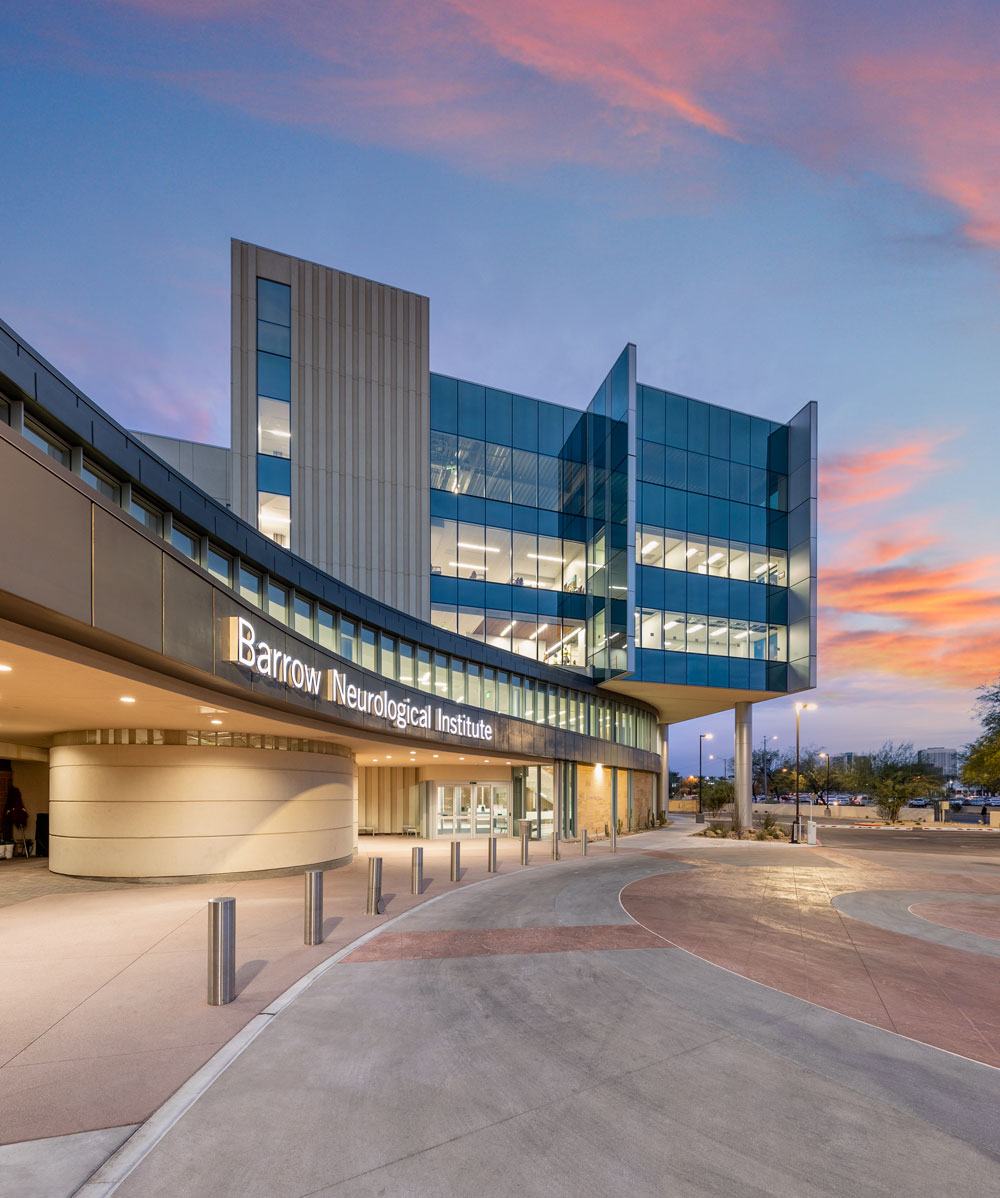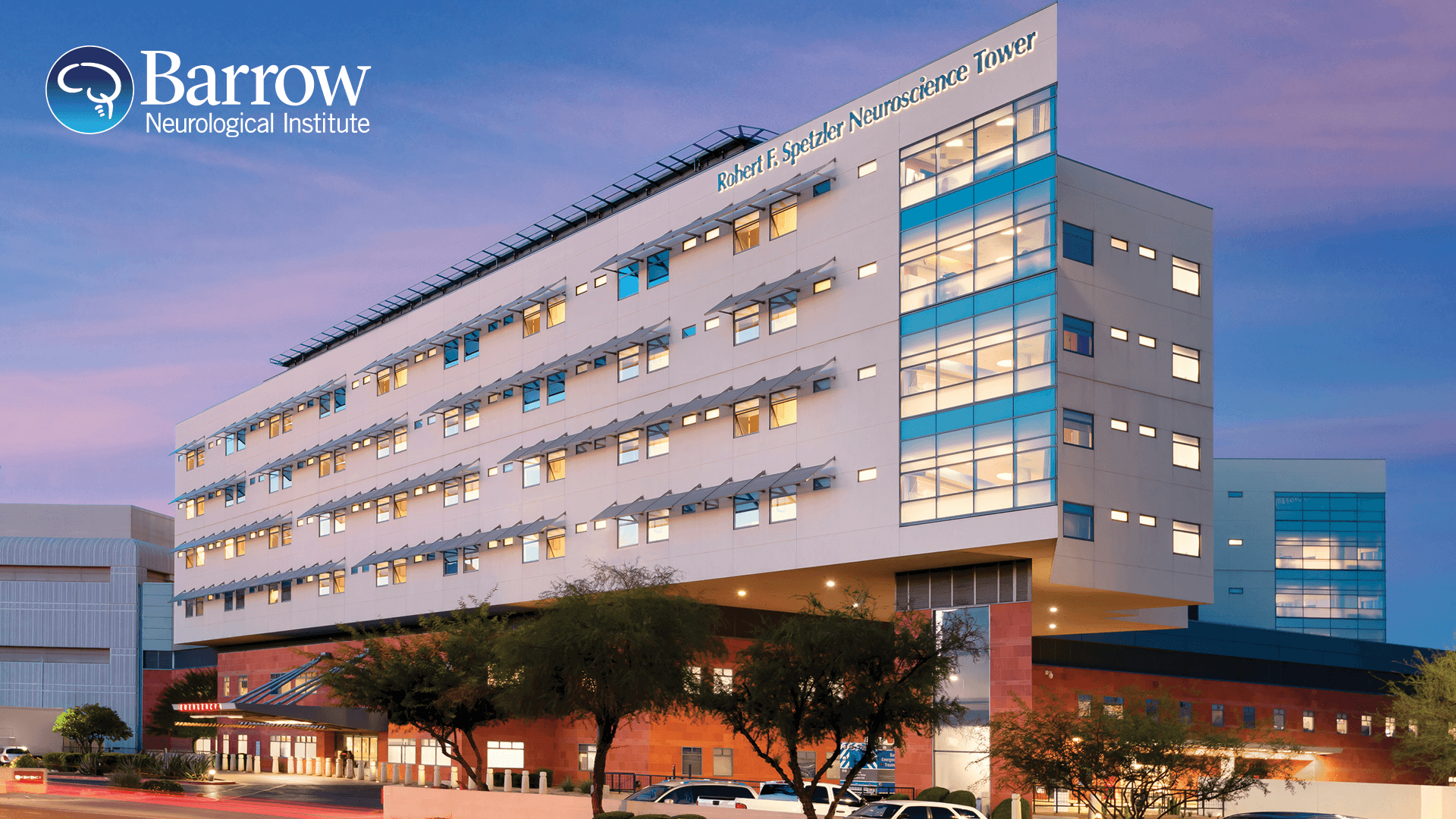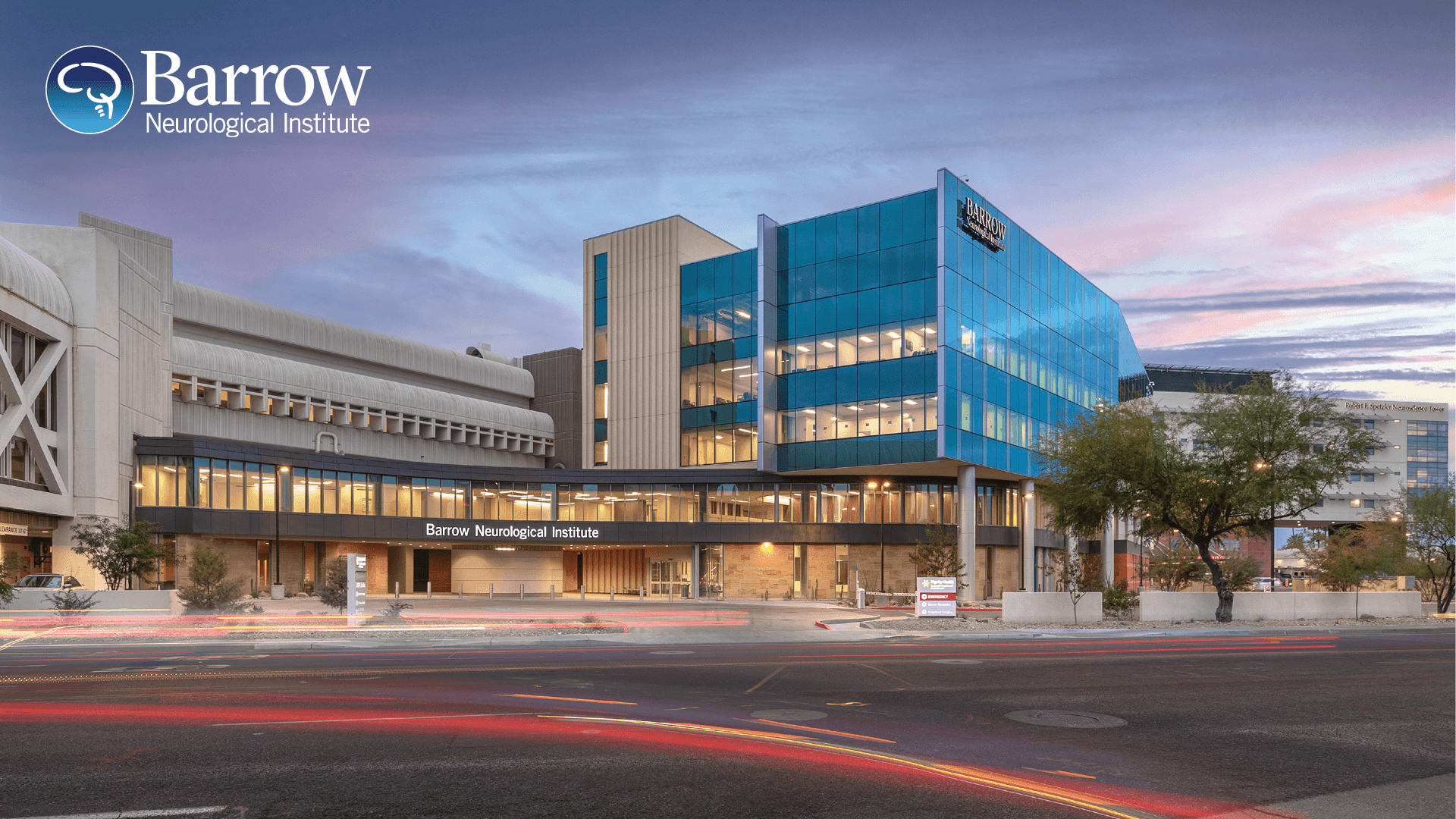
News & Articles
Home / About Barrow Neurological Institute / News & Articles / In the News
Category: In the News
Awards & Recognitions – March 2024
- Byline: Christina O'Haver
- March 28, 2024
Moreno Family Chair of Alzheimer’s Research Marwan Sabbagh, MD, a behavioral neurologist in the Alzheimer’s and Memory Disorders Program at Barrow, was formally presented with the Moreno Family...
Awards & Recognitions – February 2024
- Byline: Christina O'Haver
- February 28, 2024
INS Distinguished Career Award George Prigatano, PhD, Emeritus Chair of the Department of Clinical Neuropsychology, received the International Neuropsychological Society’s “Distinguished Career Award.” He was presented with the...
Awards & Recognitions – January 2024
- Byline: Christina O'Haver
- January 25, 2024
AZ Big Media Business to Watch AZ Big Media named Barrow Neurological Institute one of 50 Arizona businesses to watch in 2024, specifically mentioning the Institute’s $16.7 million...
Awards & Recognitions – December 2023
- Byline: Christina O'Haver
- December 21, 2023
International ALS Awards Jeremy Shefner, MD, PhD, Chief Medical Officer of Clinical Research , and Robert Bowser, PhD, Chief Scientific Officer, received prestigious awards at the 34th International...
Awards & Recognitions – November 2023
- Byline: Christina O'Haver
- November 28, 2023
K12 Grant Barrow neurosurgeon Andrew Yang, MD, MS, received a K12 grant from the Neurosurgeon Research Career Development Program (NRCDP) of the National Institute of Neurological Disorders and...





